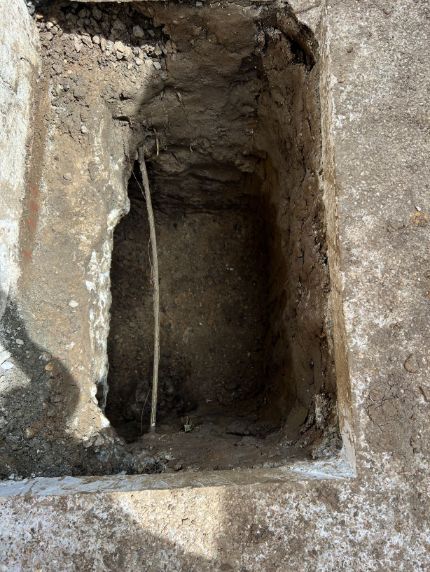You can tell when your home needs underpinning if you start noticing cracks in walls and when windows aren’t shutting or opening properly. These signs are good indications that your property needs underpinning.
In this article, we’ll discuss the signs your home may need underpinning and what you can expect from the process. This is what our team at Adelaide Underpinning Group recommends any client consider when looking at undergoing foundation repairs.
What Are the Signs a House Needs Underpinning?
The following are the signs a house needs underpinning:
Cracks Are Visible on Walls and Corners
One common sign that a home needs underpinning is cracking in the walls and corners. It may be caused by foundation settlement when the soil beneath a home begins to shrink and settle. As the soil thins and compacts, the foundation can no longer support the weight of the home, leading to cracks in the walls and floors.
Windows Don’t Open and Close Properly
Windows that don’t close or open properly can also indicate that your home needs underpinning. This often happens due to foundation movement, which can occur when the soil around the foundation starts to move and shift. Foundation movement can cause the window frames to become misaligned and even lead to windows popping out.
Floors Are Not Level
Another sign that your home may need underpinning is if your floors are not level. This can be caused by settlement or erosion of the soil beneath the house. When the soil shifts, it can create uneven surfaces that can be dangerous for people walking on them. It can also lead to water infiltration and damage your home’s foundation.
If you notice any of these problems in Adelaide, it’s important to have them checked out by a professional like our team at Adelaide Underpinning Group as soon as possible. Failing to address a foundation issue can lead to much bigger (and more expensive) problems down the road.
Is It OK to Buy a House That Has Been Underpinned?
It is OK to buy a house that has been underpinned by a licenced contractor and is certified by a structural engineer. Otherwise, it might be risky and expensive (it might need rework or could lead to further damage). Keep in mind that it’s a technical yet physically demanding work and can’t be done on your own.
Check the potential risks by reading our blog “Can You DIY Underpinning?” for more details.

How Can I Tell If a House Has Underpinning?
You can tell when a house has underpinning based on the following:
- If the edge of an exposed concrete foundation is visible at ground level, it indicates that the house has undergone underpinning. This occurrence, however, is quite rare since most edges of concrete foundations aren’t easily seen.
- A surveyor can determine whether the property has undergone underpinning by evaluating whether the movement is active and ongoing or dormant and historical. They can also determine the extent of its severity, allowing them to confirm existing underpinning.
In case you are aware that the property has undergone underpinning, it is crucial to obtain all the necessary documentation. This should include a certificate issued by the structural engineer, confirming that the work has been carried out satisfactorily per the industry’s standards and that the house is structurally stable. It is advisable to review these documents carefully as they will provide insurance for the completed work.
Do I Need a Permit for Underpinning in Adelaide?
Yes, you will need a permit to underpin your home in Adelaide. There are some instances where a permit is not required, such as underpinning an internal wall, but this is better discussed with your underpinning contractor. Your underpinning contractor will also organise a geotechnical report known as a soil test and engineering to apply for the permit.
Underpinning is a process of stabilising and restoring the foundation of a house. It’s important to have your home checked for any signs of foundation failure by a certified contractor. For more details, you can read our other blog, “When Do You Need to Underpin?“
